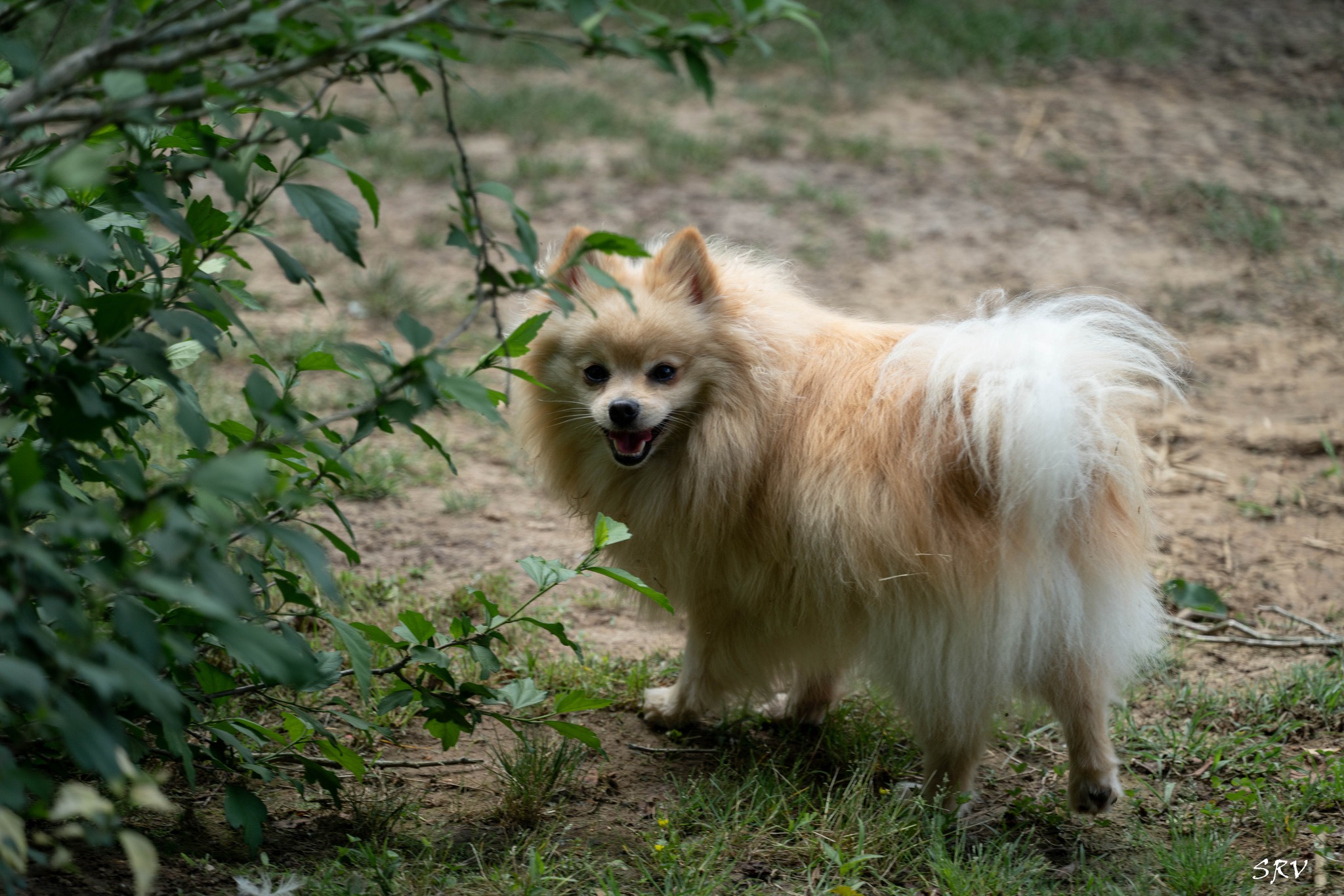For many dog parents, we all know the struggle of training new commands to puppies or new dogs. We might have tried different techniques, positive reinforcement, negative reinforcement, verbal signs, or visual signs. However, there are many dogs for which some techniques do not always work–or your dog does not always respond to the command. So why is it that some dogs are able to learn faster than others, and is there really a difference among verbal and visual cues that go along with commands?
If you have ever taken a dog to a pet training course at a place like PetsMart, you will see that their animal trainers will pair a command with a visual cue. For instance, they will give a hand signal while they are telling the dog to ‘sit’ or point to the ground while they are saying ‘down’.
see that their animal trainers will pair a command with a visual cue. For instance, they will give a hand signal while they are telling the dog to ‘sit’ or point to the ground while they are saying ‘down’.
New research conducted at Emory University in Atlanta, Georgia might shed some insight on the dog’s brain and the types of signals they perceive when learning a new command. This research supports the theory that visual commands can be more effective when training a dog. The fMRI data supports this notion as well.
Hannah Sutherland, MA, LPA (Temp)
WKPIC Doctoral Intern